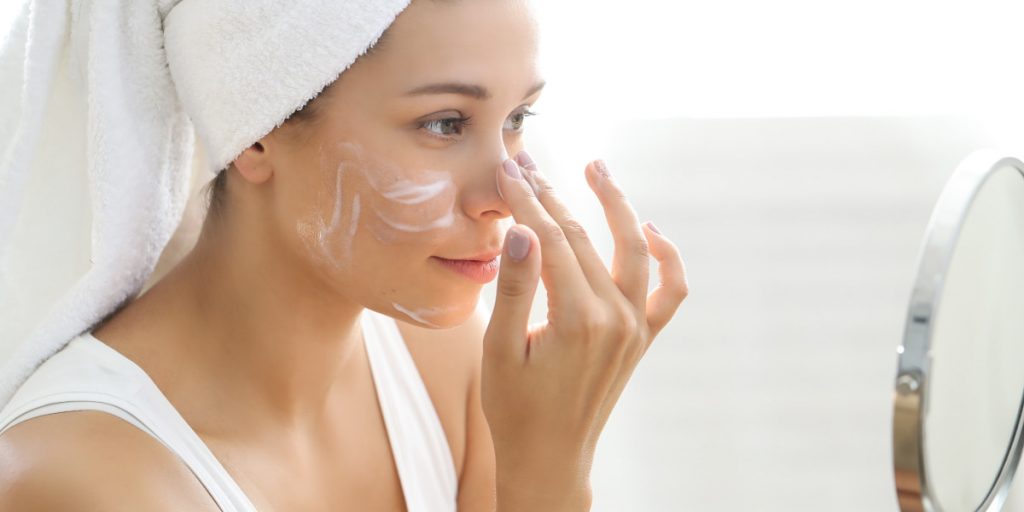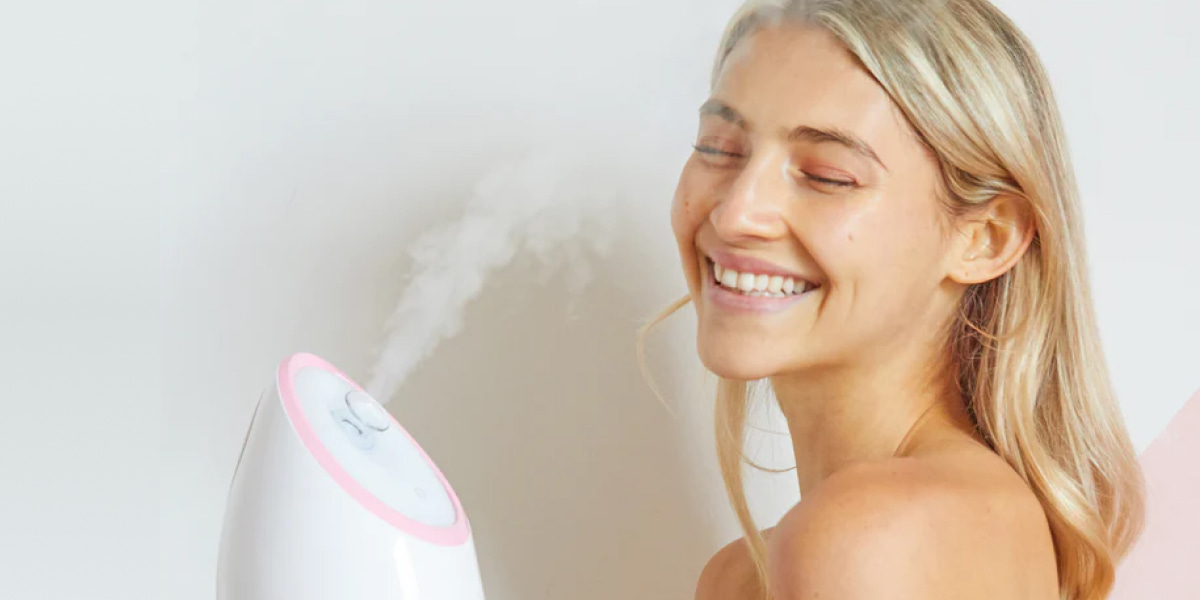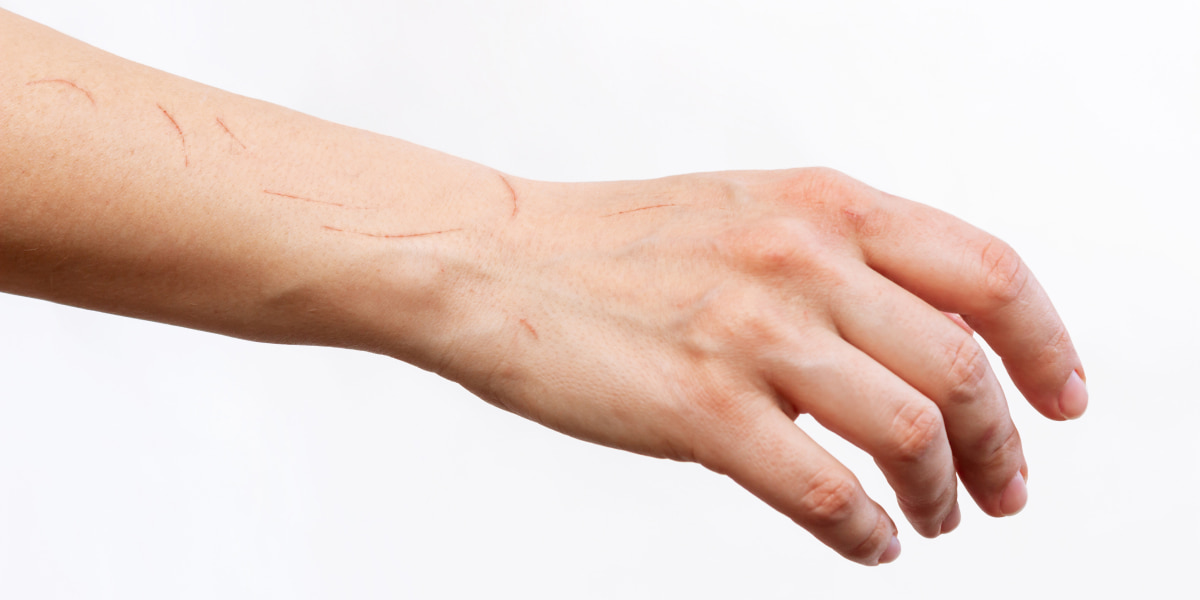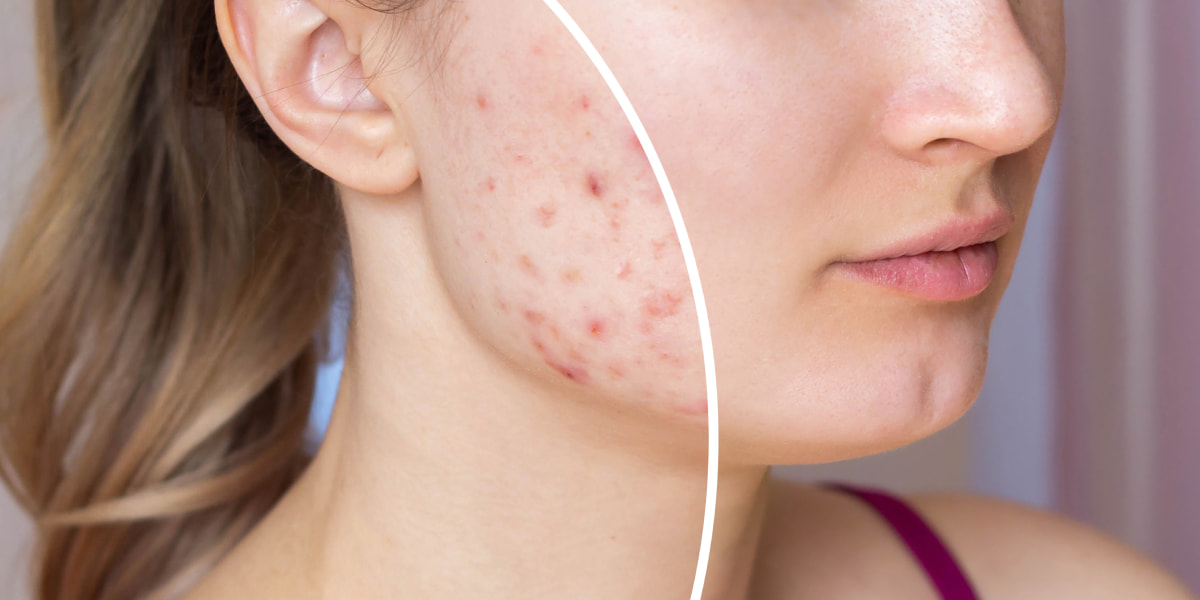Published on August 6th, 2022
Last updated on January 25th, 2023
Stearic Acid: Benefits For Skin And Its Use

Stearic acids or fatty acids have long been known to provide advantages. It is one of the most often used acids as a component of vegetable oils applied in cosmetics and food. It operates as a source of energy in the body. A lot of animal fats include stearic acid. Vegetable stearic acid is also widely used and may be found in cocoa beans, fish and animal fats, palm, olive, and linseed oils.
It doesn’t dissolve in water, but diethyl ether dilutes it just right. The material is frequently a white, crystalline powder (a yellowish tint is possible). Researchers have demonstrated that stearic acid has a favorable impact on human skin. This ingredient is used to make soap, creams, and masks.
BeautySecretKeeper.com is here to assist you in learning more about stearic acid, its benefits for the skin, and its most common applications.
How Does Stearic Acid For Skin Look Like?

Stearic acid in skin care can be found as powder or crystals. It has a waxy aroma. Water cannot dissolve the material. Only oils or fats may dissolve it. In nature, stearic acid is found in abundance. The French chemist developed this particular form of carboxylic acid. The researcher employed fat in his investigation.
Among the characteristics of stearic acid for skin, the following stand out:
- improves the consistency of creams and other mixtures;
- protects the epidermis by leaving a thin film on the skin;
- protects the skin from the damaging effects of ambient temperature;
- and increases the level of soap hardness.
Things To Know About Stearic Acid
Stearic acid most frequently enters our bodies via oil. This oil is a component of newborn formulae that provide artificial nourishment, and the particular ingredient is present in significant amounts, even in breast milk.
Stearic acid is relatively cheap to produce since it is present in various plants and animals. The fat or oil containing the chemical is heated and forced through a filter to separate it. The stearic acid for the skin is subsequently poured into the distillation device’s boiling water. This mechanism collects the steam released during the fat’s boiling process and passes it through several cooling coils.
Stearic acid, an intermediate component known as stearin, condenses on the walls as an effusion in response to a fast drop in temperature. A white waxy solid is produced once it has been further cooled. The end product is a white powder with a melting point of around 70 °C that is soluble in oils and alcohols but insoluble in water.
Uses Of Stearic Acid In Skin Care

Stearic acid is used to make topical pharmaceutical treatments since it is safe to consume at modest levels. It is frequently used in cosmetics.
- This chemical enhances the skin’s perception of advantageous substances and boosts immunity in its applied regions;
- Creams, lip balms, foundations, soaps, shampoos, hair care balms, and cosmetic milk are all made of it. Making shaving cream, glosses, and lipsticks would be impossible without stearic acid;
- Stearic acid is an essential ingredient in face and skin creams. Even a minor concentration of the cream combination is adequate for the intended good effects. The stearic acid-containing cream achieves the ideal consistency and takes on a nice hue;
- Stearic acid extends the shelf life of soaps. The component’s activity encourages foaming while preventing the soap bar from softening;
Stearic Acid Benefits For Skin

There are no disputing stearic acid’s advantages. Due to the following characteristics, it is useful because it:
- has a moisturizing effect;
- makes the epidermis more receptive to nutrients in cosmetics;
- protects the skin by forming a thin film (from the adverse effects of low temperatures, ultraviolet rays, and weathering);
- eliminates lip cracks, and prevents epidermal cells from losing moisture by regulating the water balance of the skin;
- stops peeling;
- soothes skin irritation and inflammation.
Anti-aging skin care treatments have stearic acid among their ingredients. Stearic acid in skin care has moisturizing and nourishing properties and prevents the skin from dying at the cellular level. Elastin and collagen production is also increased. These elements give us the confidence to assert that adult skin benefits from stearic acid.
Stearic acid is a chemical that is safe to use otherwise. There won’t be any issues if you take measures and don’t use the chemical excessively. Additionally, it is OK to use stearin-containing cosmetics when pregnant. It is important to note that breast milk contains a tiny quantity of stearic acid (approximately 6%).
As a result, the conclusion about stearic acid benefits for the skin is evident. Without it, the organism cannot fully grow since its essential functions are actively supported by the oil’s chemical makeup. Stearic acid help to produce brain cells and support nervous system growth.
Stearic Acid Side Effects

Nevertheless, despite the apparent advantages, oily skin types shouldn’t use stearic acid-containing cosmetics. The reason for this is pretty straightforward: while using stearic acid-based products, the skin pores of the oily epidermis simply clog, preventing the skin from being able to breathe. This might later result in the development of acne.
Like other fatty acids, this one causes the development of cholesterol plaques, which are adhered to the walls of blood vessels when ingested excessively and often. They prevent blood from flowing freely, which causes highly dangerous blood clots to develop. The results are complex cardiovascular disorders, headaches, limb discomfort, blood pressure fluctuations, migraines, and diabetes mellitus.
Keep in mind that fatty acids, such as stearic acid, might interfere with the stomach and intestines’ ability to work consistently, apart from other stearic acid side effects on the skin.
- Take additional care with your everyday diet to prevent all these issues. If feasible, it has to have a certain quantity of fatty acids and other nutrients, vitamins, and trace elements that are good for the body. Keep in mind that any medication might become poisonous if it is misused;
- Although stearic acid has a long shelf life, this acid may catch fire. Make sure the stearic acid bottle is not in the path of direct sunlight and is not close by. Keep it in a dry, dark location with consistently cold temperatures.
Summary
The natural stearic acid for the skin has a waxy, yellow-white appearance. It is frequently derived from animal fats. It is often used as an addition in soaps, lotions, cleansers, and hair care items, as well as in household cleaners, candles, and plastics. Natural skin cleaning, lubrication of the skin and hair, and emulsification of supplement and product components are other advantages. It doesn’t appear hazardous to heart health when ingested through dietary sources, and it could be beneficial for lowering cholesterol.
FAQ
Is Stearic Acid Good For The Skin?
According to the U.S. Food and Drug Administration, stearic acid is acceptable for eating as a food additive and topical application in small doses in skin care products. There aren’t many adverse effects; however, it shouldn’t be used on oily skin.
Is Stearic Acid Harmful For Your Skin?
Stearic acid is safe if you don’t use excessive amounts of it. It is both an allergy-free and vegan product.
Does Stearic Acid Clog Pores?
This component, nevertheless, can clog your pores despite having a pretty low comedogenic rating.
Does Stearic Acid Reduce Inflammation?
It has been demonstrated that stearic acid has anti-inflammatory properties. Numerous scientists and several studies confirmed that fact.





